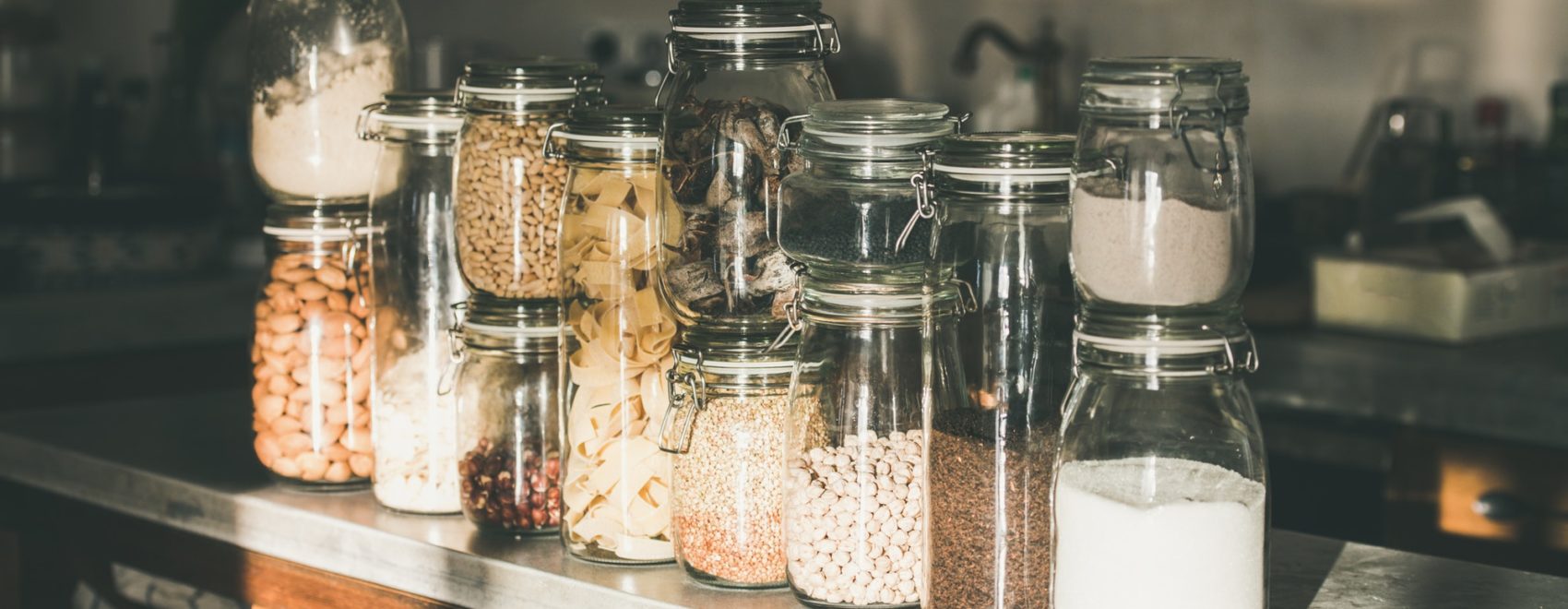If you have followed any of the articles or shows on prepping, you’ve probably seen some pretty elaborate plans and set-ups with costs running into the thousands or tens of thousands of dollars. That’s all fine and dandy for those who have the disposable income or capital to invest in it. But, if you are working from a limited budget or available capital, the key is to prioritize your prepping needs so that you and your family have the items most essential for survival. At the very top of the list are food and water, for obvious reasons. So when prepping on a budget, your budget expenditures should be prioritized accordingly.
Prepping on a Budget:
By prioritizing your overall budget and cutting back on non-essential items (entertainment, unnecessary driving, dining out, etc.) most people can find between $200 and $300 a month to apply towards prepping on a budget. If you can only squeeze $100 from your budget, just plan on a longer timeline for achieving your objective. Alternatively, if you did have $1,000 right now to spend towards prepping you could allocate it based on the same priorities. Here’s how your prepping budget could break down:
Food: $75 ($350)
Creating a food stockpile is more easily achievable when you purchase items that you would normally eat so that you can consume what you need now and store the excess. How much excess food you buy will depend on your budget, but you should shoot for buying two extra of every item you expect to consume now. For example, if you need one bag of rice for this week, try buying two for storage. That would give you nearly a one month supply of rice.
Buying items on sale, using coupons and sticking with store brands will help you save money that can be applied to extra purchases.
The food items you store must have a long shelf life and you need to take into consideration that you might not have electricity which might preclude storing frozen items. Canned foods, freeze dried food packages, grains (stored in containers), meat jerky, etc. can all be stored for months at a time.
You might want to add a couple of propane cooking stoves and extra propane to your food budget.
Water – $12 ($50)
Water is no less important than food when prepping on a budget, but it should cost you far less to accumulate a good supply. Each month you should shoot for buying three or four gallons of drinking water and a case of bottled water. The cheapest source of gallon jugs are the water dispensing vending machines you see at grocery stores. A secondary source can be used soft drink containers filled with tap water.
Light – $15 ($50)
If you ever spent a night through a power outage, you know how important it is to have a light source. Your first priority is accumulating a supply of quality LED flashlights. Bulbs and batteries last much longer with LED. For every flashlight you buy, pick up several packs of alkaline batteries. At some point add to this a lantern style flashlight that can light a whole room.
Begin to accumulate votive candles from discount stores and a large supply of matches.
Medical Supplies – $15 ($50)
Keep up to date with your prescriptions and, if you are able, ask your doctor for an extra 30-day supply. Invest in a good first aid kit and begin to accumulate additional supplies of band-aids, aspirin, antibiotic ointments, cold medicines, and diarrhea medicine.
Household and Hygiene Supplies – $15 ($50)
You will need sanitation and hygiene items, so when buying disinfectants, cleansers for clothes, deodorant, shampoo, razor blades, etc., add one or two extra just as you do with your food items.
While this is, by no means an exhaustive list of prepping items you will need in a long-term emergency, these are the most essential. As you meet your objectives in each of these areas you can begin to allocate your prepping budget to other prepping vitals such as self-defense, alternative power, fuel, alternative transportation, and skill training.
Continue Tutorial Below
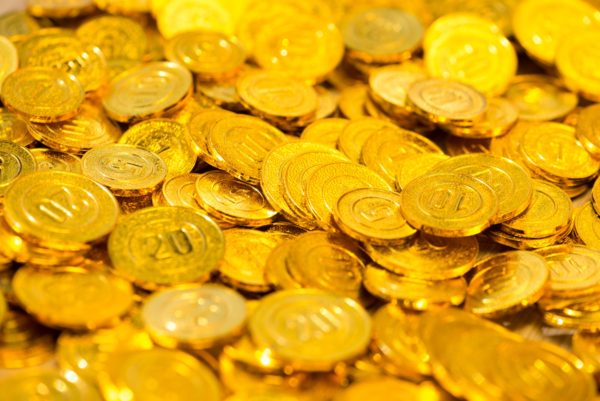
Read More
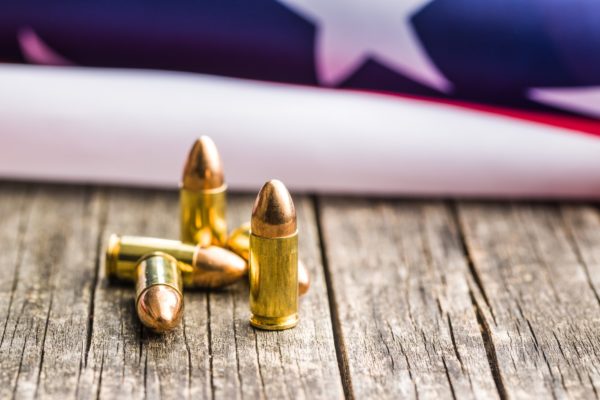
Read More
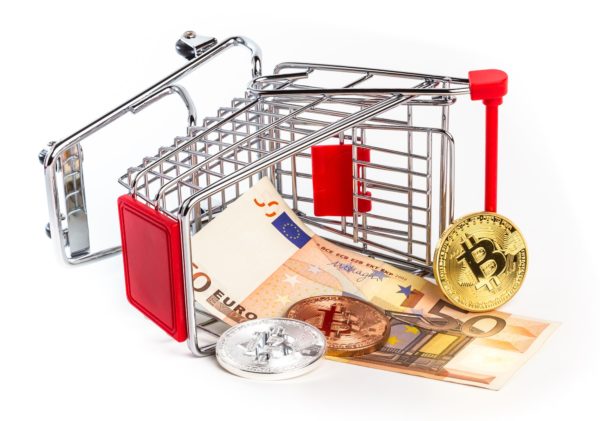
Read More
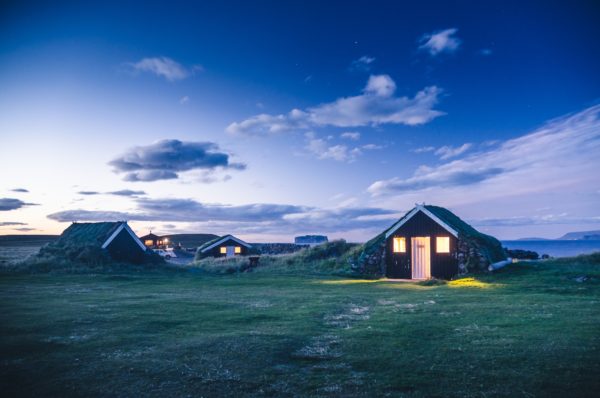
Read More
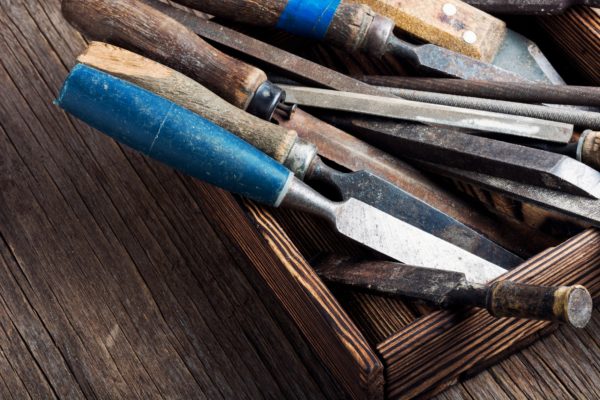
Read More
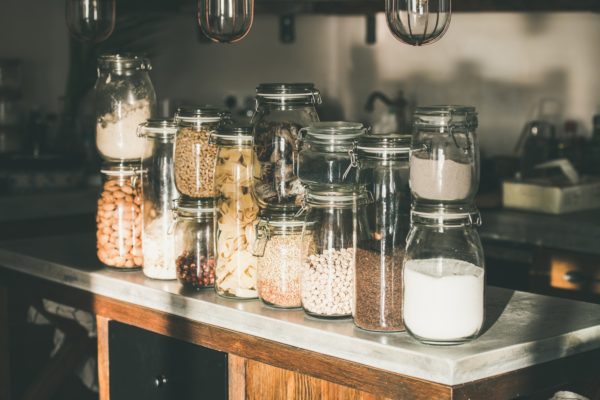
Read More

Read More
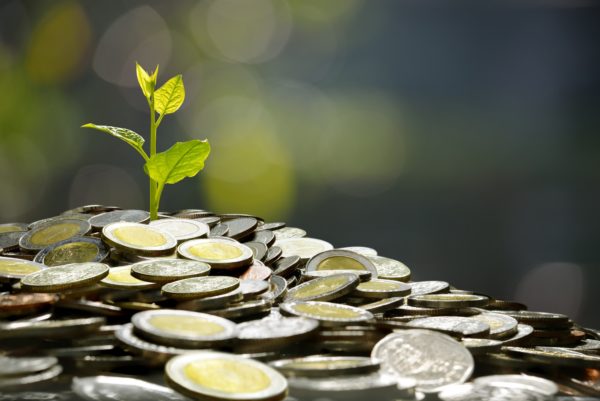
Read More
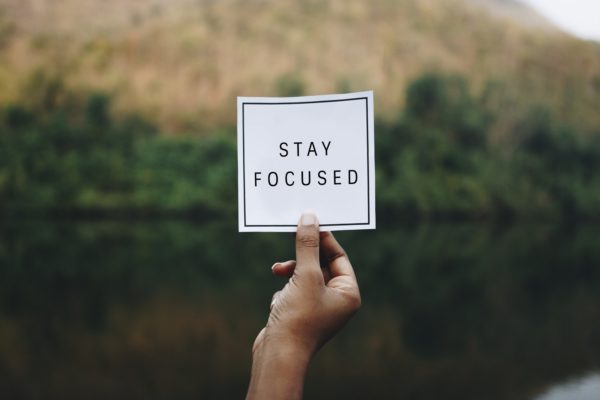
Read More
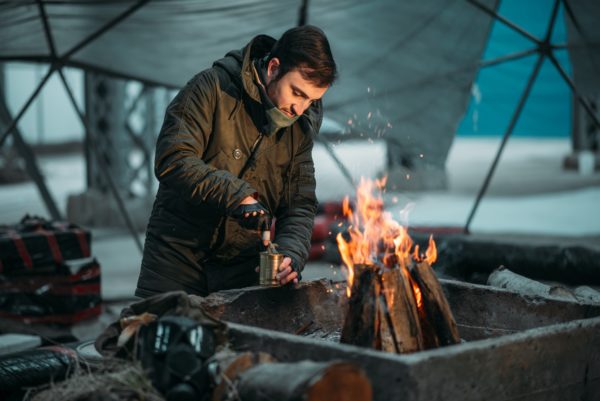
Read More

Read More

